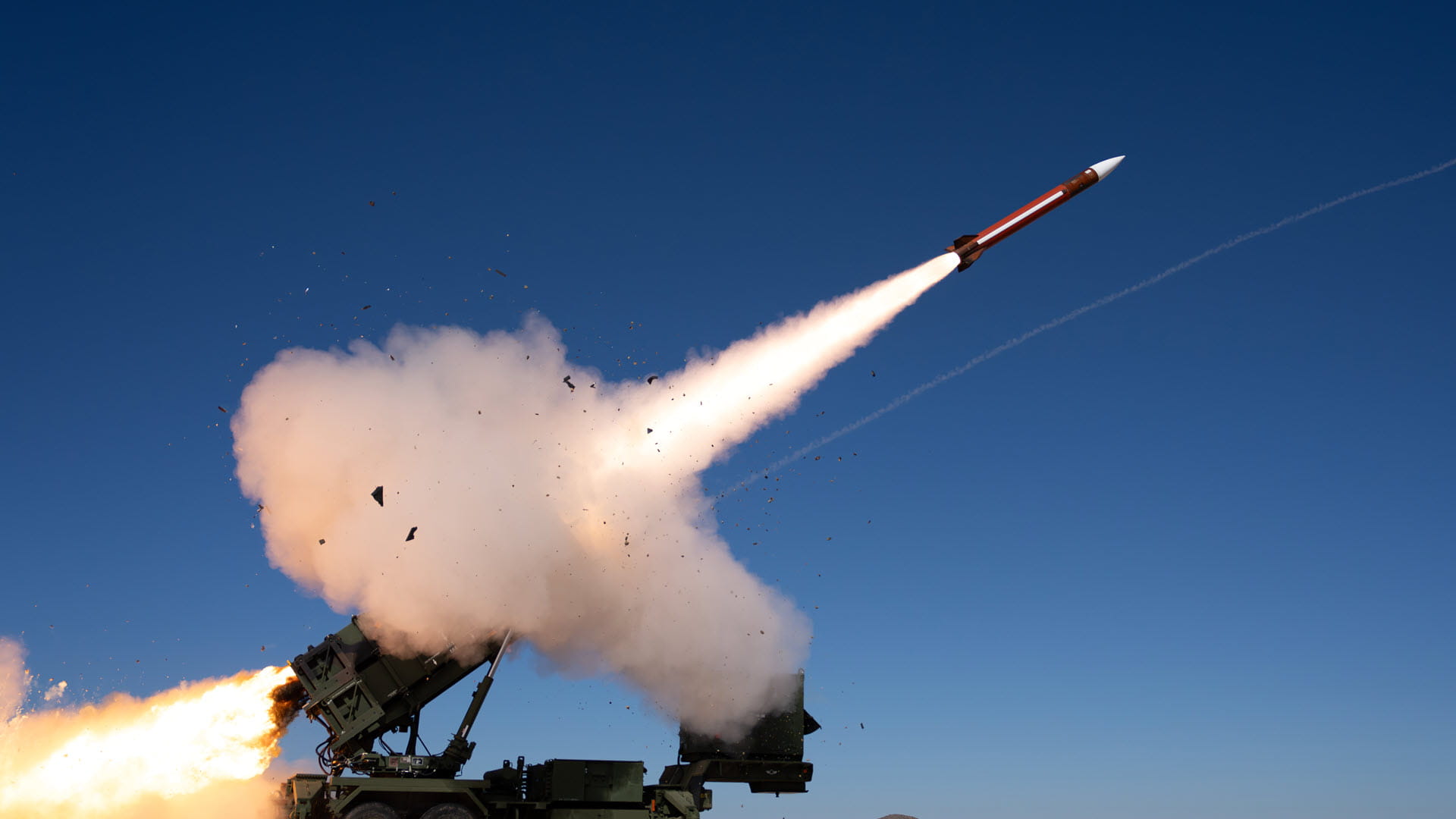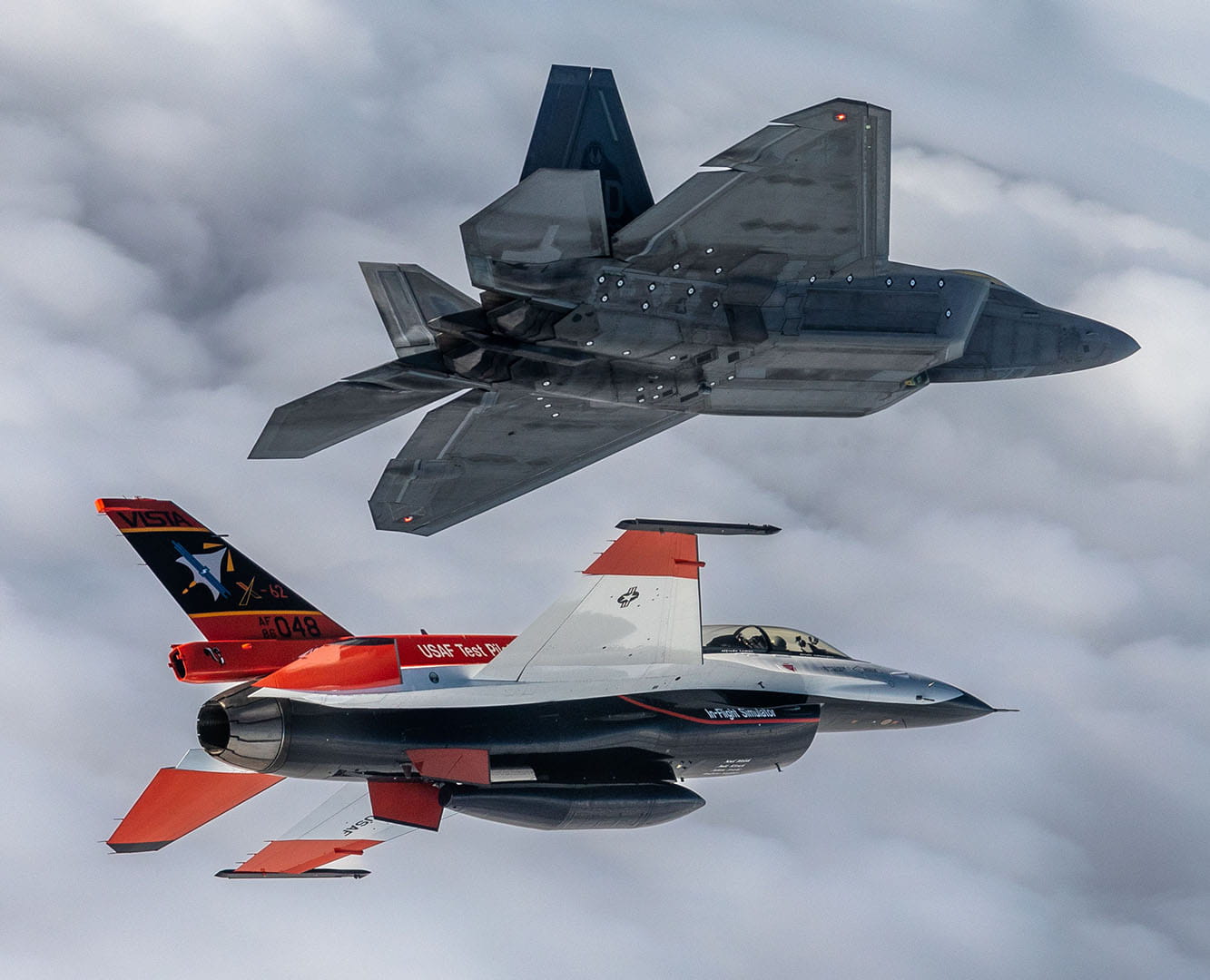Exoatmospheric expertise
Raytheon using lessons from EKV to build Next Generation Interceptor
Caryn Nath looked on with confidence as the missile-killing projectile her team built lifted off from a military base in southern California and hurtled into space.
Its destination: A target playing the role of an intermediate-range ballistic missile, launched from a transport aircraft near the Hawaiian island of Kauai.
Nath watched the monitors as radars and command-and-control nodules – some near the target, some as far away as Colorado – tracked the missile and cued the response.
Then, impact.
The projectile, known as the Exoatmospheric Kill Vehicle, smashed into the target and destroyed it – an ideal outcome by every measure.
“It was awesome,” Nath said. “It performed as required, and perfectly.”
The test, conducted by the U.S. Missile Defense Agency, further validated EKV – and, by extension, Raytheon’s ability to produce interceptors that defeat missiles in space. Raytheon, an RTX business, is using its work on EKV as the foundation of another space-bound missile-killer: the Next Generation Interceptor, a system it is co-developing with Northrop Grumman to defend the United States against current and future intercontinental ballistic missiles.

“All that learning from real-world testing, modeling and simulations – it’s an unmatched experience set.”
Shelley Moehle | Director, Next Generation Interceptor | Raytheon
The Next Generation Interceptor will bring together proven kinetic intercept technology from the EKV, then build upon it through cutting-edge software that detects targets and discriminates between threats and non-threats such as debris, decoys and adversary countermeasures.
The new interceptor will have to scale up EKV’s capabilities. While the existing system takes out threats one at a time, the new one must be able to destroy several at once.
“The threat is advancing,” said Shelley Moehle, the director of Next Generation Interceptor program management for Raytheon. “Our adversaries are developing threats that drive us to a multiple-kill-vehicle solution.”
The Next Generation Interceptor program draws on decades of Raytheon’s missiles defense experience and systems integration in so-called “hit-to-kill” vehicle technology, or interceptors that destroy their target with impact, rather than a warhead.
“All that learning from real-world testing, modeling and simulations – it’s an unmatched experience set,” Moehle said.
The most recent EKV test marked the 13th intercept for the program. It required months of extensive planning, analysis, ground testing and hardware processing.
The results of this test will validate the operational capabilities of the Ground-based Midcourse Defense system, providing operators with confidence in responding to potential enemy ballistic missile threats. Data collected during the test will help validate and verify the models and simulations that indicate how well the system is performing.
“The fact that multiple suppliers and resources all over the U.S. were able to come together, work toward a common goal and execute that goal flawlessly for a successful flight test was amazing,” Nath said.
She and her team beamed as they watched the EKV succeed – not just in its test that day, but in building confidence in Raytheon’s abilities to deliver the new interceptor.
“Seeing the military servicemembers’ faces excited and how proud they were,” she said, “makes us feel good.”


